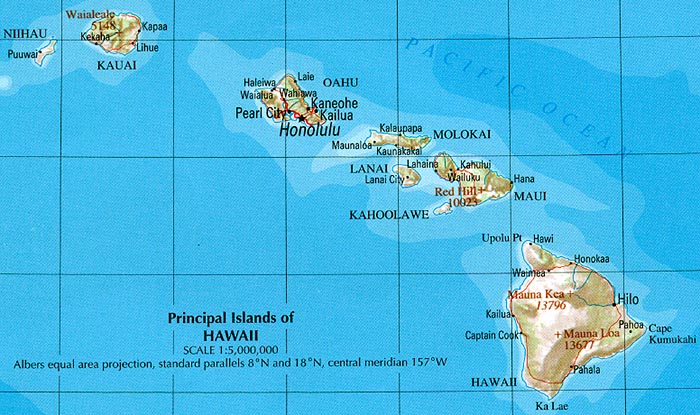 The United States Federal Government to Help Hawaii Move to 70% Renewables by 2030 HONOLULU, Hawaii, January 28, 2008 (ENS) - Rich in sun and wind, Hawaii is on track to become one of the world's first economies based on clean energy resources under a long-term agreement signed today by representatives of the state and federal governments. The agreement sets a goal of using renewable resources such as wind, sun, ocean, geothermal, and bioenergy to supply 70 percent or more of Hawaii's energy needs by 2030.
The United States Federal Government to Help Hawaii Move to 70% Renewables by 2030 HONOLULU, Hawaii, January 28, 2008 (ENS) - Rich in sun and wind, Hawaii is on track to become one of the world's first economies based on clean energy resources under a long-term agreement signed today by representatives of the state and federal governments. The agreement sets a goal of using renewable resources such as wind, sun, ocean, geothermal, and bioenergy to supply 70 percent or more of Hawaii's energy needs by 2030. Hawaii Governor Linda Lingle and Alexander Karsner, U.S. Department of Energy, DOE, assistant secretary for energy efficiency and renewable energy, today signed a Memorandum of Understanding to establish the Hawaii Clean Energy Initiative The goal is to reduce the state's dependence on imported oil and help bring energy price stability to Hawaii consumers.
Hawaii gas prices are the highest in the nation. AAA and the Oil Price Information Service say the national average is $2.98 a gallon. In Hawaii, it's $3.50 a gallon, up 56 cents from a year ago.
Another goal of the initiative is to curb climate change. In 2007, Hawaii became the second state in the nation, after California, to establish a cap on greenhouse gas emissions. More >>>






